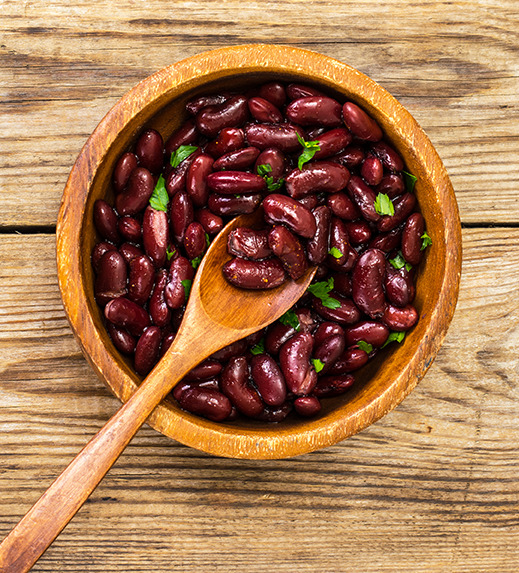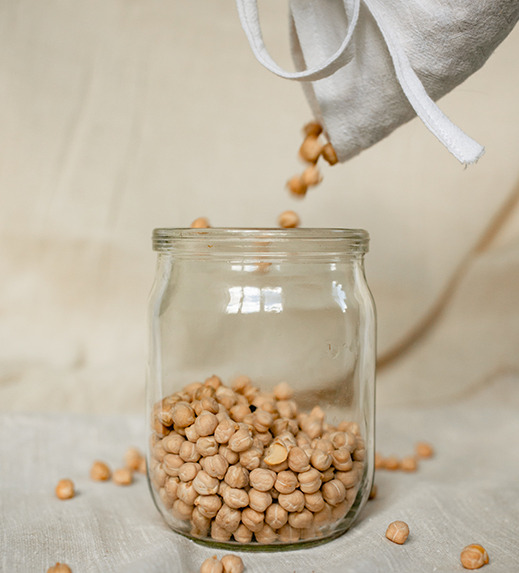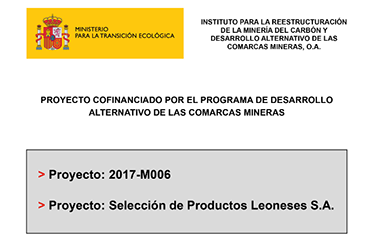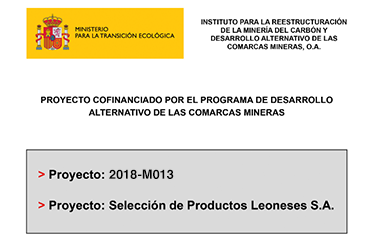Tips and Tricks for Cooking Legumes
The Mediterranean diet is renowned the world over as a leading example of a healthy lifestyle, and legumes are one of its staple components. There’s a lot of goodness packed into these tiny wonders.
How to cook with legumes
Dishes with pulses and beans are tastier and easier to digest when blended with spices and herbs. Thyme, tarragon, sage, cumin, cilantro and dill are just a few of the flavours that complement legumes splendidly. You can also pair pulses with greens from the garden such as spinach, green beans and cabbage.
Legumes are great for thickening broths and soups too. All you have to do is puree a large tablespoon of them and add it to your broth for heartier soups and stews with rich natural flavours.
Most dried pulses should be soaked before they are cooked. You can replace dried pulses with a jar of natural, nutrient-rich cooked pulses any time, however. They will work perfectly in nearly any recipe for a nutritious meal. The only thing in the bottle other than beans is water and salt, which help keep your pulses in optimal condition. Dried beans and lentils, on the other hand, can simply be placed in cold water and cooked. If you need to add water to your cooking pot, it should always be cold. Chickpeas, on the other hand, need to start off in warm water. If more water is needed in the middle of preparation, it should always be hot.
Pulses swell to twice their size once cooked, meaning a little can go a long way. To make cooking your beans and chickpeas easier, soak them for 12 hours first. The easiest thing to do is soak them overnight. In contrast, lentils don’t need to be soaked because they hydrate much faster than beans and chickpeas.


Legume storage and preventing spoilage
How long you can keep your cooked legumes depends on whether you started out with them dried or cooked. Either one can be kept for a delicious, nutritious meal for a long time without worry, especially if you remember the following:
First, store your dried legumes in a dry, cool place. Do not keep them in direct sunlight. Dried pulses are non-perishable, which means they will be good for at least 12 months. It’s so easy to keep legumes on hand for a healthy meal – this is a pantry must-have!
On the other hand, once a jar of cooked pulses is open, it should be kept in the refrigerator. The contents should be consumed with five days once opened. Whether a simple jar or a package of legumes combined with either vegetables or seafood, a jar of cooked legumes with an intact seal is perfectly safe to eat for up to five years after the production date on the jar.
Meals made with cooked pulses can be kept in the freezer for up to three months. They make it easy to have a delicious meal ready in no time. If you still have leftovers, keep them in the refrigerator and make sure to eat them up in the next four days.




